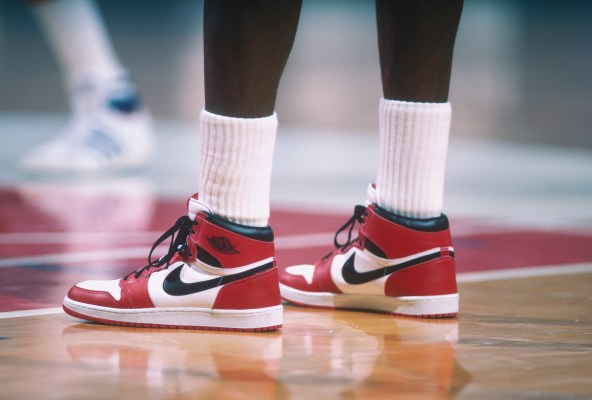Earlier today, TechCrunch reported that consumer reseller marketplace StockX raised $275 million at a valuation of approximately $2.8 billion.
Selling a tenth of your company for north of a quarter-billion may be somewhat common among late-stage software startups with tremendous growth, but one known for its market share in the sneaker resale niche? Don’t laugh, the round actually makes pretty OK sense. And given the growth that StockX has managed, it could have a path to the public markets in under a year.
Don’t laugh, the round actually makes pretty OK sense.
In our piece covering the funding round, Matt Burns wrote that StockX saw its nondomestic sales rise 260% in Q3 compared to the year-ago period, recording half of its 13 million transactions in the last 12 months.
But that wasn’t really enough to get my head around the round, so I went hunting. Here’s a grip of other, dated growth metrics that help us put the new funding into proper context:
- In mid-2019, when StockX became a unicorn after raising $110 million, it reported $100 million or more in monthly gross merchandise volume. It had around 800 employees at the time.
- As part of that deal, a former eBay exec and former NYSE executive vice president of the New York Stock Exchange took over as CEO and took a board seat. The man in question, Scott Cutler, remains the company’s chief executive.
- StockX claimed more than $1 billion in gross merchandise volume in 2019 (the company supports streetwear and luxury resales as well as sneakers). The company closed out 2019 with around 1,000 employees.
- In mid-2020, StockX released a midyear report — née “corporate brag sheet” — saying that it had surpassed $2.5 billion in gross merchandise volume, and 10 million trades, half of which had been recorded in the last year.
To understand if those numbers are impressive or not, we’ll need to convert gross merchandise result into revenue. So, we’ll need to better understand StockX’s fee structure.
The unicorn added a 3% buyers’ fee earlier this year. The marketplace also charges a 3% payment processing fee to the seller in a transaction, along with a descending transaction fee for shoes; the more shoes you sell, the farther it falls from a cap of 9.5%, down to an 8% minimum. Other items have flat cut for StockX, including 9.9% for watches and 14.5% for handbags.
Call it 9% for the lot, plus 3% in transaction fees and another 3% from buyer fees. That’s means that every $100 in items sold on StockX generate $15 in revenue with its current pricing, using some estimates along our way to the loose metric.
At its mid-2019 pace of $100 million in monthly gross merchandise volume, StockX would generate $15 million in monthly revenue; the company does have authenticators and other costs associated with its sales, so the gross margin of its business is not clear. Still, that monthly revenue figure works out to an annual run rate of $180 million.
And the company has grown since that 2019 number.
StockX claimed that it did more than half of its 10 million trades in the last year ending June 2020; in its most recent funding round, that number rose to “13 million transactions — 50% of those coming within the last 12 months” per our reporting today. The company has therefore grown perhaps 15% to 25%, using some loose math to generate a range, since mid-Summer. And the company added its 3% buyers fee this year as well, raising its total cut of gross volume by something around 25%, again juicing the reported numbers for more than they wanted to squeeze.
The result of its fee increase and rising volume should be strong revenue growth at the company. If its 2019 run rate was $180 million, the company should be well into the two hundred range as 2020 comes to a close. If not higher.
This brings us back to what Burns wrote this morning, after detailing the scale of StockX’s new funding round:
The company intends to use the cash to accelerate global expansion, product development, and to expand StockX’s categories. Rumors are swirling that this financing will allow the company to offer an initial public offering in 2021.
An IPO? A shoe-reselling marketplace? Sure! At the numbers we know about it, why not?
